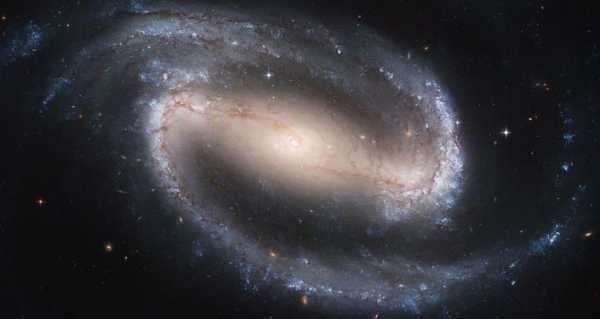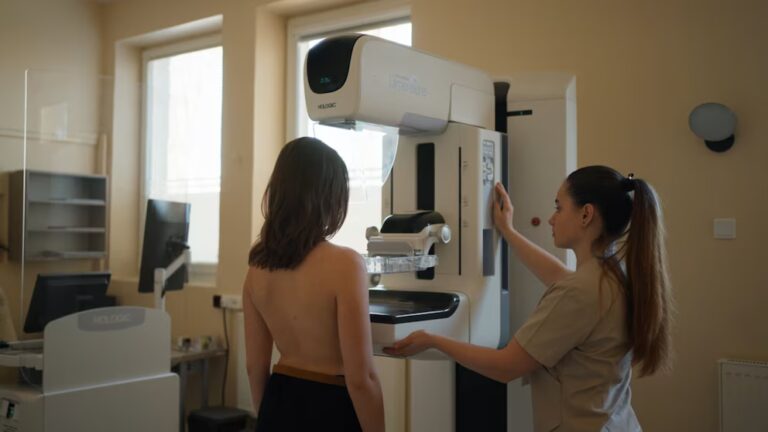
Despite being a lot bigger and more massive that Earth, TOI-561b’s density is actually comparable to that of our planet, offering a clue about the age of the newly-discovered celestial body.
A huge rocky exoplanet, about 50 percent larger than Earth and about three times as massive, has been discovered orbiting the star TOI-561, one of the oldest in our galaxy, space.com reports, citing a new study.
According to the media outlet, this so called “super-Earth”, TOI-561b, orbits its host star at a rather close distance, completing one lap in about 12 hours, and with the average temperature on the planet’s surface reaching 1,726 degrees Celsius, the odds of finding life there are rather slim.
Scientists have also discovered that the planet’s density is actually akin to that of Earth, offering a possible clue about the celestial body’s age.
As the media outlet points out, heavy elements such as iron and magnesium are produced within massive stars, and the “abundance of these elements” in our galaxy increased as stars expelled them into space while undergoing supernova explosions; and the planet’s host, TOI-561, is also one of the stars located in the so called “galactic thick disk”, known to have “distinctly fewer heavy elements than typical stars in the Milky Way”.
The relatively low density of TOI-561b thus suggests that “it has relatively few heavy elements and is therefore very old”, study lead Lauren Weiss, a postdoctoral fellow at the University of Hawaii, explained, adding that the planet likely formed 10 billion or so years ago.
And while “this particular planet is unlikely to be inhabited today, it may be a harbinger of many rocky worlds yet to be discovered around our galaxy’s oldest stars”, Kane added.
Sourse: sputniknews.com






